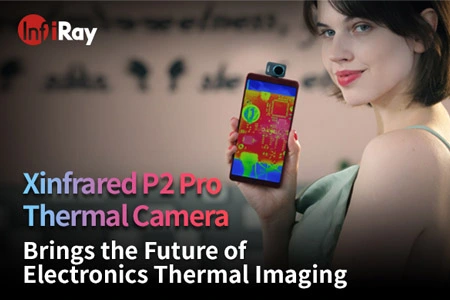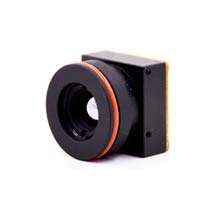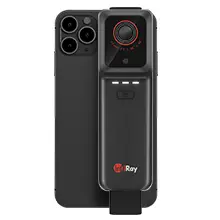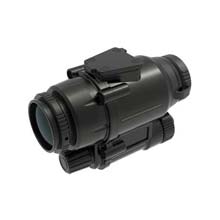Learn About the Emergence and Working of Thermal Imaging Cameras
1. The emergence of thermal imaging cameras
Thermal cameras capture and create images of objects by using infrared radiation emitted from them in a process called thermal imaging. The created image represents the temperature of the object. The underlying technology of thermal imaging cameras was originally developed for the military. However, the invention of thermal imaging cameras is related to the history of thermal imaging started in 1960 by astronaut Sir William Herschel, who discovered infrared light.
In 1860, American astronomer Samuel Pierpont Langley invented the bolometer, a device that measures infrared or thermal radiation. In 1929, the Hungarian physicist Kálmán Tihanyi invented an infrared-sensitive electronic television camera capable of capturing thermal images.
2. Introduction of the thermal imager
Both infrared radiation and visible light are part of the electromagnetic spectrum, but unlike visible light, infrared radiation cannot be directly perceived by the human eye. This explains why thermal imaging cameras are not affected by light and can provide clear images of objects even in dark environments. Thermal imaging is all about converting infrared light into electrical signals and using that information to create images.
Thermal imaging products allow people to see what their eyes cannot: invisible thermal radiation emitted or reflected by all objects, regardless of lighting conditions. Some of the biggest benefits of thermal imaging come from the security realm. Security cameras have become the primary means of protection for many, if not all, major businesses across the country, where the need to produce high-quality images is critical to providing ongoing protection against would-be intruders. Thermal imaging cameras provide superior protection in challenging conditions. The technology was revolutionary at the time, but is common today. But how do these devices manage to capture this invisible visual information? let's see.
3. How does the thermal imager work?
A common standard for thermal imaging cameras today is to display warmer objects, with a yellow-orange hue that gets brighter as the object gets warmer. Cooler objects appear in blue or purple.
The wavelength of infrared energy starts at about 700 nanometers and extends to about 1 millimeter. Wavelengths shorter than this start to be seen by the naked eye. Thermal imaging cameras use this infrared energy to create thermal images. The camera's lens focuses infrared energy onto a set of detectors, which then creates a detailed pattern called a heatmap. The heatmaps are then converted into electrical signals to create thermal images that we can see and interpret.

 français
français  Deutsch
Deutsch  Español
Español  italiano
italiano  português
português  العربية
العربية  日本語
日本語  한국어
한국어  magyar
magyar 















